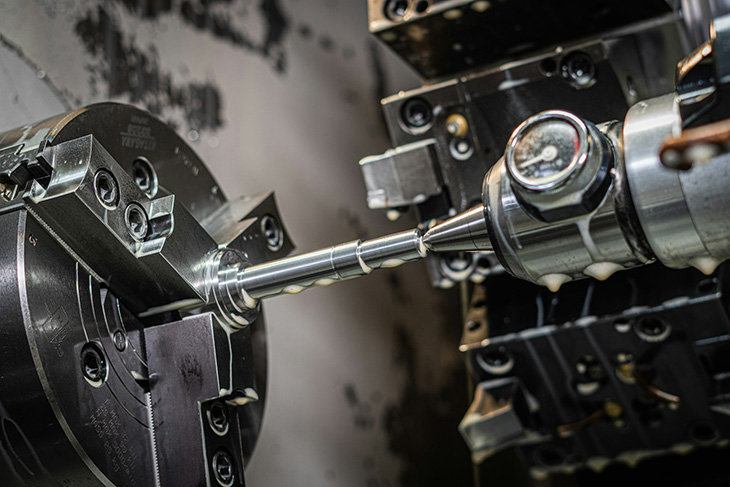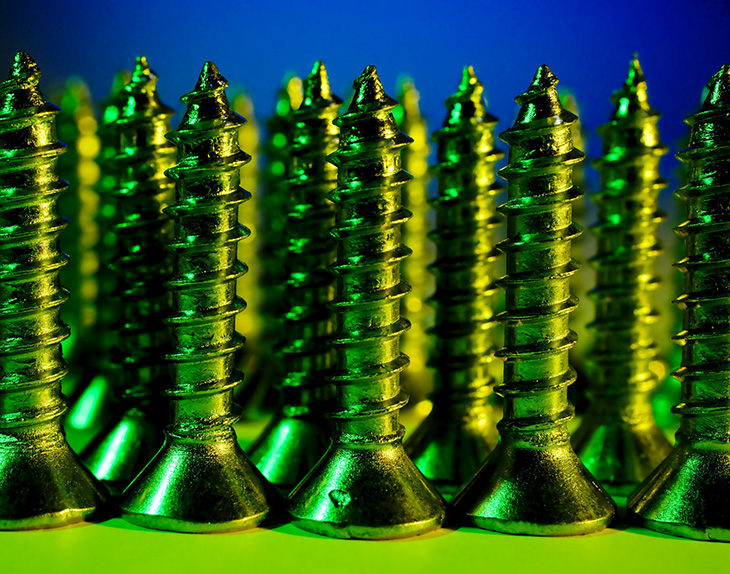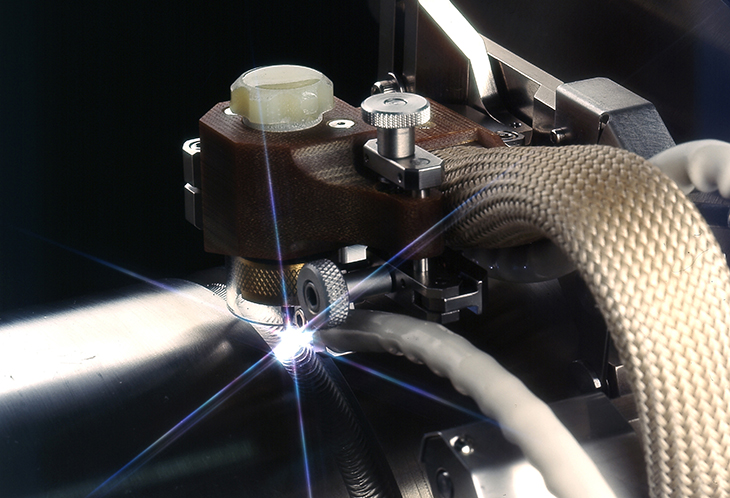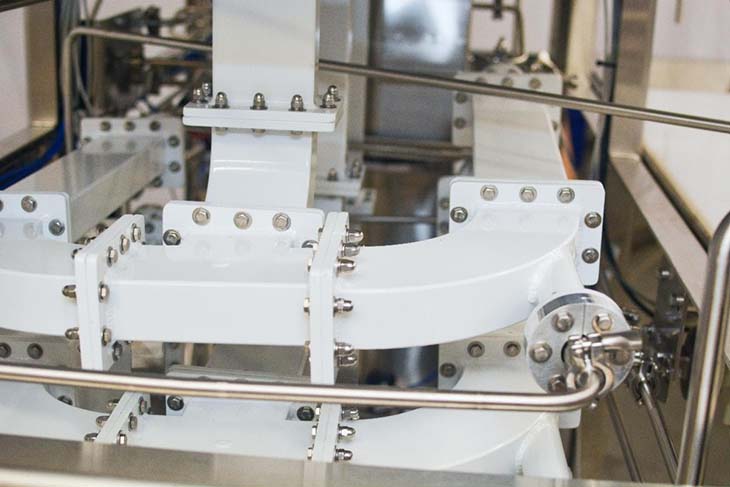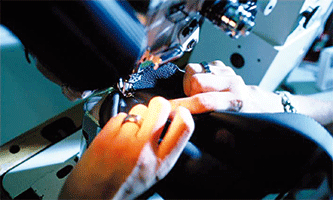The manufacturing industry is amid a significant technological shift. Innovations like artificial intelligence (AI) and the Internet of Things (IoT) are setting new standards for efficiency and precision across the sector. While most manufacturers already recognize that potential, many focus too much on the big picture and not enough on the specifics.
Tool component optimizations are admittedly less glamorous and exciting than broader Industry 4.0 use cases. However, these smaller improvements are more accessible and lay the necessary groundwork for bigger results at scale. Recognizing how new technologies can advance these foundational yet overlookable processes is key to seeing real results from tech adoption.
AI-Assisted Design
AI is one of the most promising technologies for modern manufacturers. It also has several applications in tooling components, with automation-assisted part design being one of the most beneficial.
3D modeling tools like CAD software have been standard for a while, but AI improves their functionality. It can analyze designs to predict their real-world performance as they create them. Consequently, automated design suggestions can help engineers craft better end-of-arm tooling or similar components in less time.
NASA discovered AI design tools produced parts with 10 times lower stress factors than what humans alone could create. These components also weighed less and took less time to develop. Applying the same process to other manufacturing sectors could lead to faster, more significant ROIs in tool design changes.
IoT Connectivity
The IoT is a key driver of recent advances in manufacturing tool components. Equipping machining tools with wireless sensors unlocks several advantages relating to real-time data analytics.
Predictive maintenance is the most widely recognized and impactful of these use cases. IoT sensors can detect emerging performance issues in tool components and alert workers to the need to service them. Catching these problems as quickly as possible means manufacturers can avoid the downtime that costs large factories $129 million annually while minimizing repair costs.
IoT connectivity’s benefits go beyond predictive maintenance, too. Real-time data from these sensors can reveal common problems to inform optimizations like using different tooling for some materials or timelier calibrations. Alternatively, manufacturers can use IoT functionality to control tools remotely for added efficiency amid labor challenges.
3D-Printed Components
Additive manufacturing — also known as 3D printing — is another innovation to watch in tooling. In some facilities, these printers are replacing conventional machining equipment altogether. In others, they improve machining by forming custom parts.
While components like T-bolts typically consist of 4140 or stainless steel, others can benefit from softer composites. 3D printing these parts instead of molding or machining them produces more lightweight alternatives, and enables complex geometries that molds and cutting arms can’t produce. Consequently, additive manufacturing can create unique, high-performing parts ideal for process-specific optimizations.
Combining 3D-printed components with more conventional alternatives often yields the best results. Traditional metal parts can provide strength and resilience where necessary, while additive manufacturing cuts costs, energy and weight.
Modular Tooling
As demands for efficiency rise, modular end-of-arm tooling is becoming more popular. Many manufacturers have already capitalized on automated equipment, but the productivity benefits often come at the cost of decreased flexibility. Modularity addresses that gap.
Amid widespread supply chain issues, 64% of organizations are moving away from just-in-time practices. That shift requires added flexibility, making quick workflow adjustments all the more important. Modular tooling supports this shift by letting manufacturers quickly swap out end effectors to use a single robot to perform multiple tasks.
Flexibility aside, modular end-of-arm components make automation more cost-effective for smaller manufacturers. Being able to swap parts to use a machine in multiple workflows leads to a quicker ROI on expensive robots. Embracing this trend will help companies with less capital remain competitive as digitization becomes paramount in the industry.
Advancements in Tooling Drive Manufacturing Forward
Manufacturing tool components are small and relatively inexpensive, so they’re easy to overlook. However, they’re essential to any manufacturer’s success because they are foundational to producing anything. In light of that criticality, more manufacturers should focus their Industry 4.0 efforts on these smaller adjustments instead of getting caught up in larger changes.
Broad technological shifts are important and ultimately inevitable. That transformation won’t happen immediately, though, especially in smaller facilities with less cash to spend. Starting small and improving tool components will drive the optimization necessary to justify further tech adoption.











